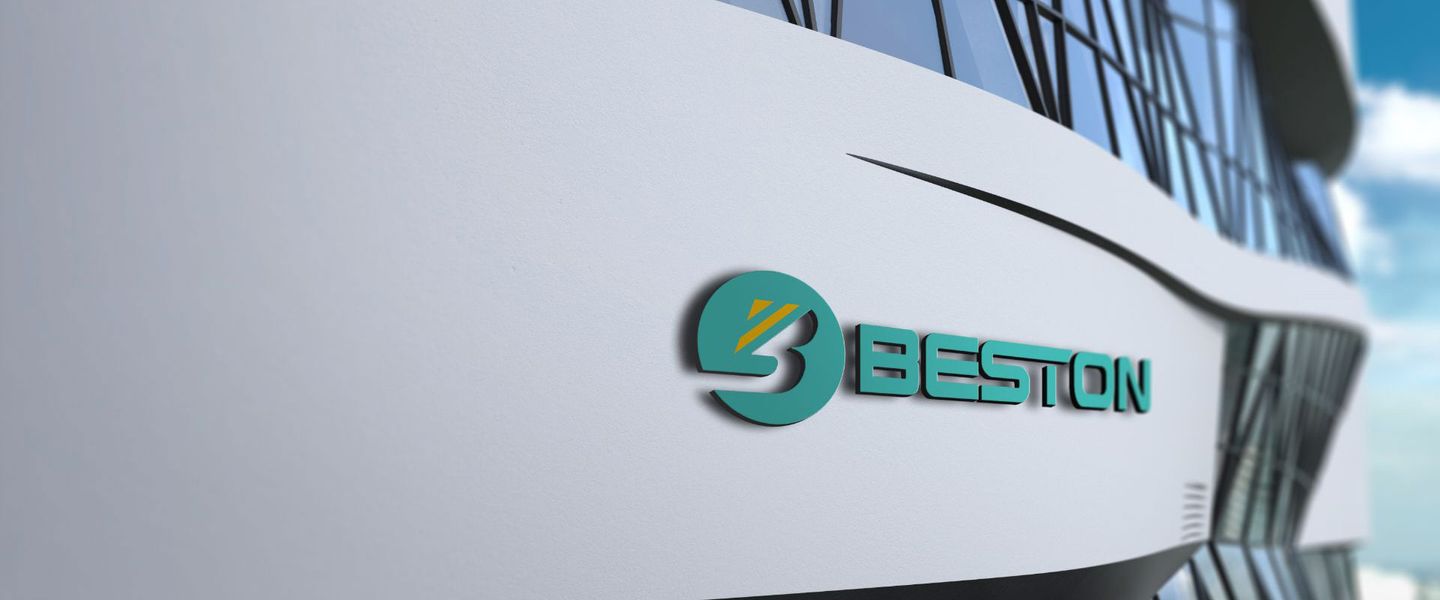

The Critical Role of Sealing in Pyrolysis Reactors
Sealing is a crucial factor in the overall performance and efficiency of a pyrolysis reactor. The technology behind pyrolysis revolves around the thermal decomposition of materials in the absence of oxygen. Any failure in sealing leads to oxygen infiltration, disrupting the pyrolysis process. This not only affects the quality of the end products but also poses serious safety risks. Understanding the importance of proper sealing in these systems goes beyond basic operational efficiency. It directly impacts the pyrolysis reactor price, long-term reliability, and profitability of the equipment.
Ensuring Efficiency in Pyrolysis
The pyrolysis process involves heating organic materials—such as plastic waste, biomass, or tire remnants—at elevated temperatures, usually between 300 and 600°C, in an oxygen-deprived environment. When oxygen leaks into the reactor, it initiates combustion rather than pyrolysis. This significantly reduces the efficiency of the system. Therefore, the first critical function of effective sealing is to preserve the inert atmosphere within the reactor. An uncontrolled atmosphere leads to inconsistent product yields, affecting the conversion rates of waste into valuable materials like bio-oil or char.
From a commercial standpoint, poor sealing results in higher operational costs, reducing the return on investment. Investing in quality sealing mechanisms not only ensures a stable environment but also helps optimize output quality, which justifies the pyrolysis reactor price.
Impact on Reactor Lifespan
Sealing not only affects operational efficiency but also plays a role in extending the lifecycle of the reactor. Pyrolysis reactors are typically exposed to high levels of thermal and mechanical stress. If leaks are present, unregulated oxygen causes local oxidation, which accelerates the wear and tear on reactor components. Over time, this reduces the equipment's lifespan, leading to higher maintenance costs and downtime.
A well-sealed reactor minimizes the risk of component degradation. Whether using high-grade gaskets, advanced welding techniques, or precision-engineered flanges, manufacturers aim to ensure airtightness to reduce the impact of external factors on the reactor’s durability. This factor directly correlates with the pyrolysis reactor price, as higher-grade materials and manufacturing techniques are typically employed to meet the stringent sealing requirements.
Safety Considerations
One of the most important reasons for maintaining proper sealing in a pyrolysis reactor is safety. As the pyrolysis process generates combustible gases, any leaks in the system could lead to hazardous conditions. A poorly sealed reactor can release volatile gases into the surrounding area, posing risks of fire or explosion. Additionally, unsealed systems allow dangerous gases like carbon monoxide to escape, posing severe health risks to operators.
High-quality reactors often come with sophisticated sealing mechanisms to avoid these dangers. These features, though increasing the pyrolysis reactor price, are indispensable for ensuring the safety of personnel and facilities. Thus, when choosing a pyrolysis reactor, safety considerations tied to sealing should be a key factor in the decision-making process.
Economic Implications
Proper sealing of a pyrolysis reactor directly impacts its overall economic efficiency. A poorly sealed reactor results in a lower yield of end products such as pyrolysis oil, syngas, or biochar. This translates to less revenue generation, as the volume of marketable products decreases. In contrast, a well-sealed reactor maximizes product output, ensuring that the feedstock is fully converted and utilized. The economic advantages of optimized sealing extend beyond product yield, influencing operational costs related to fuel consumption and maintenance.
Even though the pyrolysis reactor price might be higher for units with advanced sealing technology, the long-term benefits often outweigh the initial investment. Reduced downtime, lower maintenance expenses, and higher product quality contribute to greater profitability. Companies looking for sustainable, long-term returns should prioritize reactor models that emphasize robust sealing systems.
Environmental Benefits
In addition to the economic and safety factors, sealing plays a role in the environmental impact of pyrolysis reactors. Unsealed reactors may emit greenhouse gases or volatile organic compounds (VOCs) into the atmosphere, contributing to air pollution. A sealed system ensures that all emissions are properly captured, processed, and, if possible, reused within the pyrolysis plant. In particular, syngas, a byproduct of pyrolysis, can be recirculated within the reactor to minimize external fuel requirements.
Tighter sealing systems align with stricter environmental regulations, ensuring that operators remain compliant with industry standards. Moreover, such systems promote a more sustainable operation, which is increasingly important in today’s environmentally conscious market. This environmental responsibility often justifies a higher pyrolysis reactor price, as companies are willing to invest in equipment that supports their sustainability goals.
Technological Advancements in Sealing Mechanisms
Modern pyrolysis reactors incorporate a range of technological advancements aimed at improving sealing efficiency. These include the use of advanced gasket materials, such as fluoropolymers, which can withstand extreme temperatures and pressures without deteriorating. Additionally, some reactors are equipped with self-adjusting seals that respond to fluctuations in temperature, further ensuring a stable environment inside the reactor.
Automated monitoring systems also contribute to sealing integrity by detecting pressure changes or leaks in real time. These technologies ensure that any breach in the sealing system is quickly identified and rectified, minimizing the risk of long-term damage. While these innovations contribute to the overall pyrolysis reactor price, they offer significant advantages in terms of operational reliability and product quality.
Conclusion
The sealing of a pyrolysis reactor is not merely a peripheral concern; it is central to the reactor’s performance, safety, and economic viability. A well-sealed system preserves the integrity of the pyrolysis process, ensures higher product yields, and extends the equipment’s lifespan. The importance of sealing is also reflected in the pyrolysis reactor price, as reactors with superior sealing mechanisms demand higher initial investments but offer substantial long-term benefits.
